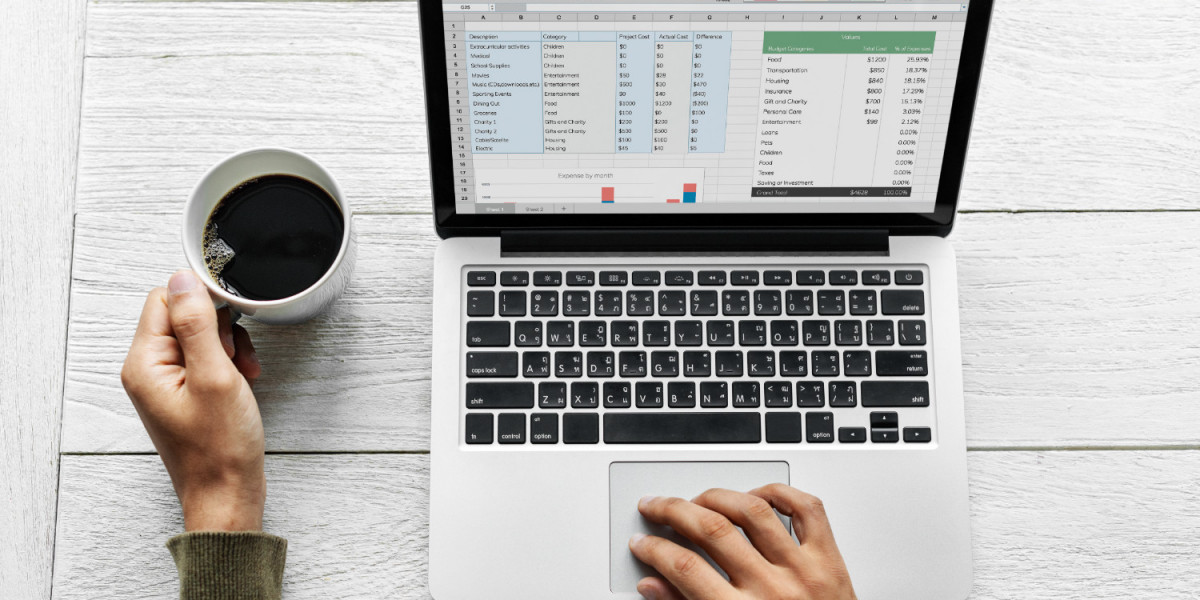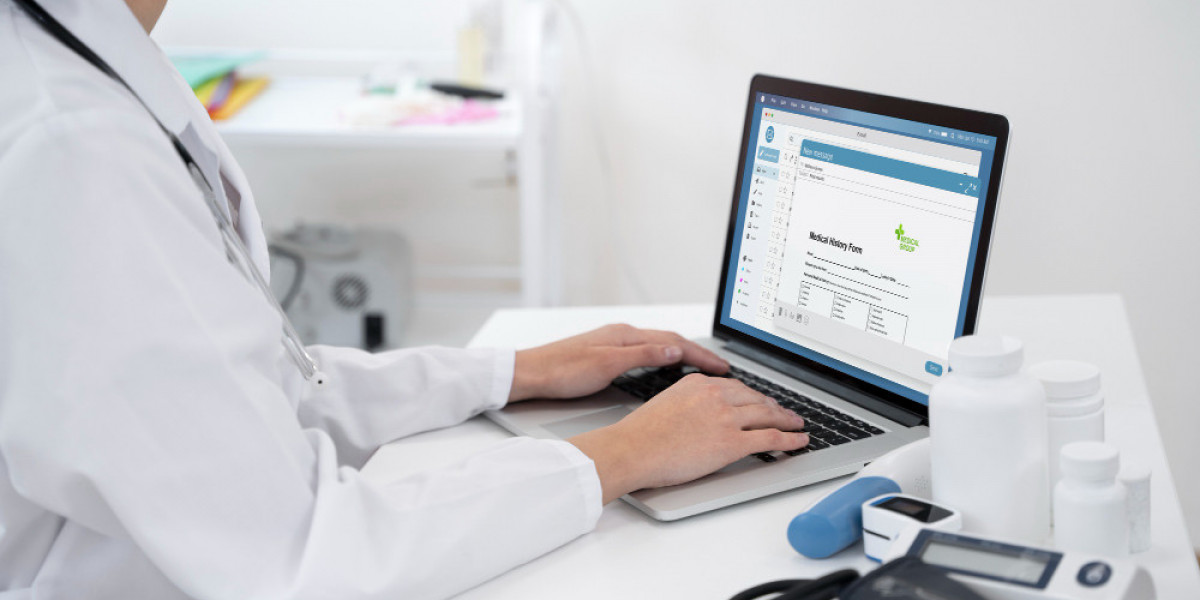Switching to accounting software can feel like a big leap, especially if you’ve been using traditional methods to manage your business finances. However, with the right guidance, adopting accounting software can be smooth, and the benefits—automation, accuracy, and efficiency—are well worth the effort. This step-by-step guide will help you set up and start using accounting software effectively, ensuring a seamless transition for your business.
Step 1: Identify Your Business Needs
Before choosing an accounting software solution, it’s essential to evaluate your business requirements. Consider the following:
Type of Business: Are you a retailer, service provider, or manufacturer? Different industries have specific accounting needs.
Key Features: Do you need GST compliance, payroll management, inventory tracking, or multi-currency support?
Budget: Determine how much you’re willing to invest in accounting software, including subscription fees and training costs.
Scalability: Ensure the software can grow with your business as transaction volumes increase.
Taking the time to assess your needs will help you select software that fits your operations.
Step 2: Research and Choose the Right Software
Not all accounting software is created equal, so it’s essential to research and compare your options. When evaluating software, look for:
Ease of Use: Is the software intuitive and user-friendly?
Customizability: Can the software adapt to your specific business processes?
Integration Capabilities: Does it integrate with your existing tools like POS systems or CRM software?
Customer Support: Ensure the provider offers responsive support and training resources.
Free Trials: Many accounting software options offer free trials. Use these to test usability and functionality before committing.
Some popular accounting software in India include Marg ERP, TallyPrime, Zoho Books, and Busy Accounting Software.
Step 3: Prepare Your Financial Data
Before transitioning to a digital accounting system, organize and prepare your financial data. This step ensures a clean and accurate transfer of information.
Consolidate Financial Records: Gather all financial documents, including invoices, expense reports, and bank statements.
Categorize Data: Organize transactions into categories such as income, expenses, assets, and liabilities.
Clean Up Data: Remove duplicate entries, correct errors, and ensure your data is accurate.
Set a Start Date: Decide when to begin using the software—most businesses prefer the start of a new financial quarter or year.
Proper preparation ensures a seamless transition and minimizes errors in the new system.
Step 4: Install and Set Up the Software
Once you’ve chosen your accounting software, it’s time to set it up for your business. Follow these steps for a smooth installation:
Download and Install: If using desktop software, download and install it. For cloud-based software, sign up and log in to your account.
Input Business Details: Enter your business name, GST number (if applicable), and other essential details.
Add Users: Grant access to team members or accountants who need to use the software. Assign roles and permissions for security.
Customize Settings: Configure tax settings, currency, and invoice templates based on your business needs.
Step 5: Import Your Financial Data
Manually entering all your historical data is tedious, but most accounting software allows you to import data in bulk. Here's how:
Export Data from Current Systems: If you’ve been using spreadsheets or other software, export the data in a compatible format (e.g., CSV).
Map Data Fields: Match your exported data fields (e.g., invoice number, date, amount) to the fields in your new software.
Run a Test Import: Start with a small data set to ensure everything imports correctly.
Complete the Import: Once the test is successful, import the remaining data.
Most accounting software provides guides or support to help with the import process.
Step 6: Learn the Software
Even the most feature-rich accounting software is only as good as its user. Take time to learn how to use the software effectively.
Attend Training Sessions: Many providers offer onboarding tutorials or webinars to help new users.
Explore Help Resources: Use online documentation, FAQs, or video tutorials for self-paced learning.
Practice Core Features: Focus on essential tasks like generating invoices, recording expenses, and creating reports.
Experiment in a Sandbox Environment: If the software offers a trial or demo environment, use it to familiarize yourself without affecting real data.
Step 7: Integrate with Other Systems
Accounting software often works best when integrated with your existing business tools. Here’s what to consider:
POS Systems: For retailers, integration with your point-of-sale system streamlines sales tracking.
Bank Accounts: Linking your bank accounts allows for automatic transaction updates and reconciliations.
Inventory Management: For businesses dealing with stock, integrating inventory ensures accurate reporting.
Seamless integration eliminates redundant data entry and improves overall efficiency.
Step 8: Start Using the Software
With your software set up and your team trained, it’s time to begin using the system for daily operations. Start by:
Recording Transactions: Log income and expenses as they occur to maintain accurate records.
Generating Invoices: Create and send professional invoices directly from the software.
Reconciling Accounts: Regularly reconcile your software with bank statements to ensure accuracy.
Monitoring Reports: Use dashboards and reports to track your financial health and make data-driven decisions.
Consistency in usage ensures you get the maximum benefits from your accounting software.
Step 9: Regularly Update and Back Up Data
Accounting software is most effective when it’s up to date. Ensure that:
Software Updates: Install updates regularly to access new features and maintain security.
Data Backups: For offline systems, back up data frequently to prevent loss. Cloud-based software usually handles this automatically.
Periodic Reviews: Evaluate your setup every few months to optimize workflows and settings.
Step 10: Seek Professional Help When Needed
If you encounter challenges during setup or usage, don’t hesitate to seek help. Professional assistance can save time and ensure everything runs smoothly.
Customer Support: Reach out to the software provider’s support team for assistance.
Accountants: Collaborate with an accountant to ensure your records are accurate and compliant.
Final Thoughts
Adopting accounting software is one of the smartest investments a business can make. It simplifies financial management, reduces errors, and provides valuable insights that drive growth. By following this guide, you can confidently transition to a modern accounting system and unlock the full potential of your business.










